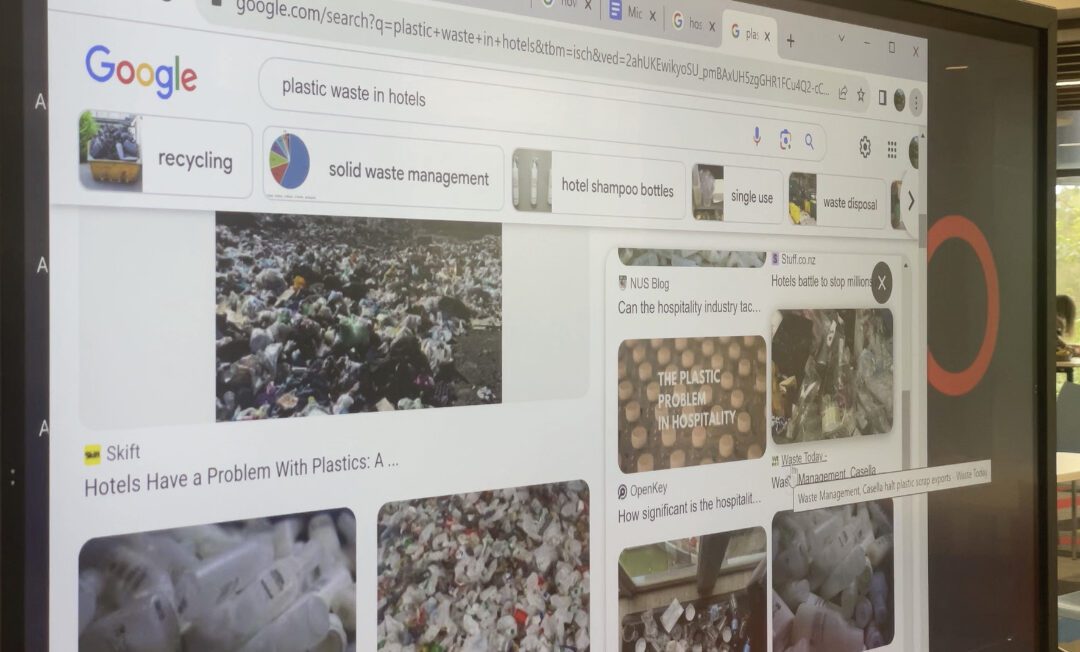A recent report commissioned by the Australian Marine Conservation Society (AMCS) and WWF Australia has revealed plastic production in Australia released more than 16 million metric tons of greenhouse gas emissions in 2020.
The study found that continuing at this rate Australia’s plastic consumption and emissions will more than double by 2050.
Studies like these motivate convener of Circular Plastics Illawarra and Environmental Consultant Dr Helen Lewis to work with local government and companies to phase out single use plastics.
Ms Lewis said working with companies to find sustainable solutions can be a mixed bag.
“Some [companies] are really progressive and some are less so,” Ms Lewis said.
“Government bands tend to give companies a lead time, of two to four years, to try to find new solutions.
“But ultimately we need regulation because not everybody is going to do it voluntarily.”
The report revealed that even our methods of waste management and recycling create levels of greenhouse gas emissions.
The AMCS plastics campaign manager Shane Cucow has told The Guardian that the most effective way to bring down emissions from plastic is to reduce our overall consumption.
“With the bulk of our plastics coming from overseas, we really need global standards and regulations around the use of plastic,” Mr Cucow said.
The AMCS pointed towards a transition into a circular economy as a solution to reduce plastic waste and pollution.
The report called to cut consumption, increase recycling, eliminate fossil-fuel based plastic and power production with renewable energy to reduce emissions of Australia’s plastic consumption by up to 70% by 2050.
Recommended policies for Australia’s federal, state and territory governments were also included in the report.
Another key problem of plastic pollution is the pervasive spread of microplastics.
The University of Wollongong held a Microplastics Interprofessional Education Day, where undergraduate students across disciplines worked with experts from industry, research and local government to develop an interdisciplinary solution to the issue.
Image source:AMCS


